The ESL TIMES team board wishes you Merry Christmas and a happy New Year!
We will do in an original way. The Year 4B from San Gregorio School has created "Acrosport & Gymnastics skills" performance to the end of 1st term. The topic has been the Christmas.
Below you can find a youtube's list with the three videos.
We hope you like it.
Have fun and enjoy!
22 December 2015
4 December 2015
Reading the classics is not boring. The picture of Dorian Grey
From IES Vicente Medina in Archena (Murcia), Inmaculada López, the English teacher, tells us about the interesting work her students have done in class.
Who says reading the classics is boring? The way I see it, it all depends on how you present literature to your students. One more year, and I guess under my influence (I have been their teacher for 3 years now), students from 4º ESO made a wise decision and for one of their readings chose the only novel by one of the greatest writers in the English language (and probably in universal literature), Oscar Wilde.
How could I present such a complicated novel as attractively as possible … and in English? Easy, let’s go back in time and try to understand the period in which he lived, Victorian England, and the morals of his time, what was accepted and what wasn’t. To such an aim, at the moment students are working on several tasks related to Victorian crime, Victorian fashion and Victorian entertainment which will be shared on different social networks as soon as they are ready … no rush. They are having fun, they are using English, they are learning! Therefore, why worry about time?
In the meantime, they have been reading a B1 adaptation of the novel and actively participating in literature talks which you can listen to by clicking on the photo:
In addition, they have all collaborated on these Google presentations in which 4ºB had to write a short description of Dorian Gray from the point of view of a young gentleman who wants to copy Dorian while 4ºC’s description had to be written from the point of view of a respectable Victorian gentleman who refuses to mix together with Dorian in London fashionable parties.
All in all, reading this novel has been a great experience and working these tasks a way to show that reading the classics doesn’t have to be a difficult, boring, impossible task.
Once more, I am super proud of my 4ºESO students for their hard work.
23 November 2015
What freaks you out?
An interesting project from IES Vicente Medina in Archena (Murcia). We hope you like it.
This year, students from 1º bachillerato A/C are going to be working on a project called “1º Bachillerato in shock”.
Why this title? Well, because they are going through a series of changes in their academic lives which might cause them some stress … or not. It all depends on how you look at things and how you take them. As they say in English, always look at the bright side of life :-)
Anyways, for the first task of this project they were asked to think about what freaks them out, prepare a presentation and talk about it in class. We all have our weaknesses and things that we’d rather not talk about, although really it’s better if you talk about them and so here is some of their fantastic work:
Once they finished their awesome presentations, students were asked to collaborate on a digital wall in which they had to give solutions for stressful situations. Have a look at some of them. They might come in handy at some point in your life, you never know!
18 November 2015
A sports meal play (Year 6) 2015/16
Today we would like to introduce the final products of the task A sports meal play (Year 6) 2015/16
This task we have been done by the pupils of Year 6 at San Gregorio School in Aguilar de Campoo.
This task we have been done by the pupils of Year 6 at San Gregorio School in Aguilar de Campoo.
You can watch the plays at this list on youtube:
These posts have been published in Year 6B digital portfolio:
Below, you can read the posts which have been created by Year 6 B pupils.
16 November 2015
Syrian Refugees
From IES Vicente Medina in Archena (Murcia), the students at 4º ESO have been working in class about a currents news: Syrian Refugees.
Inmaculada López, the English teacher, tell us:
This year in 4º ESO we decided we were going to start the English classes not with the usual revision of Present Simple, Present Continuous, Past Simple, blablabla (boooooring!!!!), but talking about something which has been making us think how lucky we are to have such a good life in a country where, fortunately, we don’t have to hide what we think or escape because there is a war which is finishing with everything we’ve known since we were born, including friends and family.
We thought it would be nice to show our respect towards Syrian refugees by dedicating a few of our classes to reflect on everything they have been going through and thus 4ºB were asked to prepare a poster, using Canva, about prejudices we have towards refugees and immigrants in general. They were also asked to think about possible ways to aid them. Click on the photo to have a look at the posters:
4ºC, on the other hand, had to put themselves in the shoes of the Syrian families who have been forced to leave their country in search of better life conditions. As such, they recorded radio programmes in which the interviewer had to interview the family on the radio. To do this, they first wrote the script on a Google document which they shared with the teacher and then they uploaded their programme to Spreaker. I, the teacher, have uploaded their programmes to Ivoox for practical reasons. You can listen to them here:
We would have preferred to talk about more pleasant topics, but all in all it has been a good way to start this academic year.
10 November 2015
Rabbit-Proof Fence
Here’s the first post from IES Mediterráneo in Salobreña (Granada). It is a project done by María Bejar, a 4º ESO student, about the compulsory reader they have for the first term: Rabbit-proof fence, a most interesting book which deals with the situation of the Aborigines in Australia and how white men dealt with all half-caste children.
Here’s the link to the student’s blog: http://mariabejarrodriguez.blogspot.com.es/
I hope you like this great work she published with emaze

29 October 2015
Let´s go on!
The ESL Times starts the new course 2015-16, providing a site to share your works in English (news, art and entertainment, storytelling, school life, opinion). We want to continue helping teachers to show and share both their work and their students'.
You can participe with your students. We are sure they´ll learn and enjoy.
Find more about this project in the infographic below.
Don't be shy and join us! .
Don't be shy and join us! .
3 July 2015
30 June 2015
Is Minecraft your planet?
Would you like to create your own planet and use Minecraft for that purpose in your CLIL Primary lessons?
Then, check MineCraft Planet, the e-publication that Marta Gómez that has designed along her Master's Degree Module on The Use of ICT and Web Resources for Primary Bilingual Education at University Rey Juan Carlos in Madrid.
If you are a 9 or 10-year old kid and would like to investigate on planets in English, you are bound to find engaging learning missions that you are bound to enjoy, such as video and audio challenges, Minecraft games, collaborative presentations and so forth.
But of course, and as the e-publication infographic advertises, you are not alone. You are guided by the curated tools that Marta Gómez has gathered for you in the list below:
And, if you are a Science CLIL Primary teacher, you have your section too at this e-publication, outlined in a CLIL template as well as a mindmap, so that you can have a quick look about what goals can be achieved by surfing Marta's digital artifacts, what skills and competencies can be accomplished and what learning outcomes are to be produced.
Stay tuned for news about this project based learning oriented CLIL e-publication and find it all about how Marta has also become a connected teacher while turning her ideas into a real digital resource for CLIL learners.
29 June 2015
Little Geniuses of The Renaissance
Silvia Plana is kindly sharing her brand new e-publication for CLIL Primary learners: Little Geniuses of The Renaissance.
The site is intended to be used in Arts and Crafts lessons with 11-year olds and it has taken Silvia three months to turn the skeleton and mindmap of her first draft into a real digital publication. She has risen up to the challenge while completing her Master's Degree Mondule on The Use of ICT and Web Resources for Primary Bilingual Education at University Rey Juan Carlos in Madrid.
The best way to find out what this artistic e-publication has to offer both CLIL teachers and students is to take a glimpse at the infographic below, which Silvia designed as her personal contribution to the collaborative @infoEDUgrafias educational project.

Once the main character of the e-publication is introduced, Silvia leaves it to the learners to investigate and autonomously learn more about Da Vinci, thanks to an animated clip:
MichaelAngelo is also a character in this CLIL resource, introduced as a friend of Da Vinci's and as means to challenge learners to become sculptors for a day.
The site is intended to be used in Arts and Crafts lessons with 11-year olds and it has taken Silvia three months to turn the skeleton and mindmap of her first draft into a real digital publication. She has risen up to the challenge while completing her Master's Degree Mondule on The Use of ICT and Web Resources for Primary Bilingual Education at University Rey Juan Carlos in Madrid.
The best way to find out what this artistic e-publication has to offer both CLIL teachers and students is to take a glimpse at the infographic below, which Silvia designed as her personal contribution to the collaborative @infoEDUgrafias educational project.
The adventure through the lives of child geniuses starts with Leonardo, portrayed as a kid in neat storyboard, which later in the e-publication becomes a video challenge.
Once the main character of the e-publication is introduced, Silvia leaves it to the learners to investigate and autonomously learn more about Da Vinci, thanks to an animated clip:
MichaelAngelo is also a character in this CLIL resource, introduced as a friend of Da Vinci's and as means to challenge learners to become sculptors for a day.
You are all invited to surf this CLIL e-publication and let Silvia know what you think, after listening to her own reflections after having had completed her learning journey:
25 June 2015
Let's make learning fun
Here you are the e-publication Jimena Acevedo has recently released for Primary CLIL learners after having completed her Master's Degree Module on The Use of ICT and Web Resources for Primary Bilingual Education at University Rey Juan Carlos in Madrid: Let's make learning fun!
The overview of this digital resource is clarifyingly mindmapped, so you can check to view the goals, key competencies, scaffolding and much more the author has envisaged from the very beginning.
The author has first thought of visual elements and principles, and in order to be able to think about that and put it into practice in her own e-publication, she has previously searched for inspiration in other ebooks, which she has evaluated:
After this prior step, and after curating and gathering some CLIL resources, tools and apps, to be included in her outcome, Jimena has dived into the difficult adventure of creating learning missions for her learners and any other kids interested in learning about landscapes and living things in English. She has eventually come up with audio and video challenges, storyboards and some other artifacts that you are all invited to surf now.
Finally, and after three months of solid work with ICT and web resources, Jimena has disseminated her work on a worldwide live session at WizIQ, co-presenting for Moodle MOOC 6, and has reflected about her own learning journey when creating her first e-publication ever.
24 June 2015
Landscapes around the world
Cristina Fradejas is a CLIL Primary Education teacher who has just finished her Master's Degree Module on The Use of ICT and Web Resources for Primary Bilingual Education at University Rey Juan Carlos in Madrid.
All along the aforesaid module, she has been working on crafting a CLIL e-publication for Primary CLIL learners, which she is sharing now with all of us: Landscapes around the world. This open educational resource is aimed at ten-year-old students to learn Science through projects. Its main objective is to allow students to master information related to landscapes and their main characteristics, and in order for them to be able to accomplish that, Cristina has created a whole area for students to go on learning missions with which they work various skills and compentencies.
Check the e-publication infographic and/or its mindmap for an overview:
Some of the most engaging proposals in this e-publication are her challenge storyboard to foster students' competence on investigation and autonomous learning,
her video clip posing a problem for learners to help solve,
her cooperative slideshow with her peer Aser Santos,
or her playlist to encourage speaking skills.
Cristina is aware of the importance of being a connected teacher so that to spread connections among her students too, and that is the reason why she has contributed to collaborative projects, events and educational initiatives which have allowed her to be aware of innovative trends, establish relationships with other educators worldwide and open her teaching to a community of professional lifelong peers.
23 June 2015
The 7 Continents
A very engaging title for a CLIL e-publication for young Primary Education learners to learn and investigate about Geography in English. This is how Rubén M. Ferrero has named the student-centered digital open resource he has designed along the Master's Degree Module on The Use of ICT and Web Resources for Primary Bilingual Education he has just completed at University Rey Juan Carlos in Madrid.
Meet Rubén by viewing his 321 Introduction and then have a look at the e-publication skeleton and infographic for a better understanding of his goals and aims at designing it and how to apply it in bilingual lessons.
Once inside, I invite you to explore the challenges Rubén is proposing the learners to rise up to, led by the main character of the e-publication, that is, Alan Walker, whom you can meet thanks to a storyboard, and later brainstorm with him about the knowledge gained through autonomous investigation.
But, better than reading about it all, why not listening to the author himself and his self-reflection on the e-publication? There you go!
22 June 2015
Elizabeth of Austria
The mysterious augmented image above is actually the cover of the e-publication Lourdes de los Mares has designed for CLIL Primary Bilingual learners along the Master's Degree Module on The Use of ICT and Web Resources for Primary Bilingual Education she has just completed at University Rey Juan Carlos in Madrid.
Unveil what the cover is hiding with your Aurasma app; follow LourdesRosaDelmares and, as the author suggests, delve into the story of an intriguing puzzling historical lady as Elizabeth of Austria was at her time.
As any connected innovative teacher nowadays, before jumping into designing and developing an open educational resource, Lourdes analysed what she needed, the aims and goals of her artifact, investigated, searched for information, filtered and curated what best matched her ideas, and in order to gather all the resources, tips and inspiration, she created a nice list of digital resources for the digital classroom, which she would later incorporate to her epublication.
Her 'Elizabeth of Austria - The shadow of loneliness' is full of resources and learning mission for 12-year-old learners, who are challenged with video and audio challenges, collaborative presentations and connected adventures so that they understand the life of this sad-looking Queen. Besides, the author herself has gone on a hands-on approach and created a student-centered e-publication with lots of examples and guidelines produced by Lourdes herself, such as Voki Avatars, Powtoon animated clips and so forth, which work as scaffolding from a CLIL viewpoint. Just check the Students section in the e-publication and surf around.
Teachers are not forgotten in this e-publication, of course, and Lourdes has a whole area focused on various inspiring collaborative projects and online events worldwide, where she has participated herself and has found inspiration, too, so she is sharing them now in case any other teacher might also find them useful.
You are all invited to know Elizabeth of Austria better now, and from a somewhat different viewpoint to the usual historical one, as well as to meet Lourdes and view how she has understood her journey across this project based learning adventure.
18 June 2015
Discovering new planets
Her CLIL e-publication is aimed at fifth year bilingual learners to investigate on planets in such a way that in the end, they will be able to create an amazing new planet themselves!
If you are a student and are ready to launch this rocket, check the Students area and rise up to the challenge Estefanía is proposing. Begin unveiling the Augmented Reality mystery just with your mobile device, the Aurasma app and following eblancoh channel there.
Or, if you are more into video missions and mixing planets, Art and healthy life, that is, a mad combination of collaborative learning paths, meet Pedro and dream along:
But, in order to create your amazing planet and keep it friendly enough for others to want and go to live in it, one should start by becoming aware of how to live clean, and that is what Estefanía is teaching you to do, in collaboration with her teacher peer Nora Lomas, through a cute story narrated with Storybird: 'Living in Cleanly by StefiNora'.
And, of course, being able to guess is a great way to learn, too, and that is why Estefanía is sending you on an audio challenge that fosters both listening skills and cuorisity for learning more:
Of course, you are not alone in this rocking mission. Resources, tips and lots of help have been envisaged to guide you in the search of your new planet, such as the neat webmix Estefanía has compiled to make your creative life easier.
And, if you are a CLIL Primary teacher, the e-publication also has an area for you, the Teachers' section where you are going to find the skeleton and the mindmap of 'Discovering new Planets', together with the author's experience on the process of creating and the sources she has got inspiration from.
17 June 2015
Cultivating Knowledge - Let the information about plants grow
This is the CLIL e-publication by Ana Moreno, a Primary Bilingual teacher who has just finished her Master's Degree Module on The Use of ICT and Web Resources for Primary Bilingual Education at University Rey Juan Carlos in Madrid.
Her interesting CLIL site is aimed to teach plants to third year Primary Bilingual learners, as well as aspects related to that area of learning, intended for the kids to learn by doing their own e-projects. The overview of it all is mindmapped below:
In order to create an open e-book for her own future students, she first evaluated some ebooks, already published and shared by in-service teachers, and jumped to her own conclusions as regards visual principles and various other items related to digital publications of the kind, which she gathered in a flyer where she also reflected about the steps taken in this first stage of her project:
Besides, she has shared her own dreams and interpreted other kids' dreams, thanks to #twima2 project, which gave her the chance to be in touch with kids from different parts of the world, get a glimpse of their wishes and practise writing skills in English too, all of it with the purpose of getting acquainted with active methodologies and being able to put them into practice in her own lessons in the very near future.
And, while surfing along all the inspiring tips and ideas, and almost unaware of it, she became a content curator, learned how to search, filter and select information, and started her webmix of resources ready to be used when designing activities for her e-publication and ready for any other teacher to use them too.
Once the prior maybe more exahusting work was done, the resources were gathered, the licence for the e-publication ready, and the digital site chosen, there came Ana's most creative side, willing to jump into the production of digital learning missions and artifacts, and so she came up with cute ideas such as a storyboard for learners to understand pollination better,
Create a Copy | View Larger
the follow-up video challenge,
the audio mysteries to be discovered behind these Qr Codes,
or the collaborative poster designed to cross over several of her colleagues' CLIL e-publications and finding common areas to teach in cooperation.
Her creativity and talent for teaching plants is also highlighted with the fun neat comic Ana has invented with Chogger for teaching the life cycle of a plant:
And, being aware herself of the importance of self-evaluation, assessment and reflection on one's own way of learning, Ana has concluded her open digital publication with a clip that illustrates all the way she has come from early February, when this adventure started, until late May, when it was all on air and ready for your comments and feedback, which are more than welcome!
15 June 2015
We are storytellers - final storytellings
As final product of the task "We are storytellers", I would like to introduce you the storytellings created by the pupils of Year 6 of San Gregorio School in Aguilar de Campoo.
You could check that they are loading of imagination and effort.
They have a topic in common "The Sea", just explore them.
You could check that they are loading of imagination and effort.
They have a topic in common "The Sea", just explore them.
"Neptune in apures" by StorytellersSG
"The rare aquarium" by Naranja4
"I want to be a child!" by Loltellers
"The sea party triatlon" by Awesomestorytellers
"Saving the sea" by Andreasglobi
"Amazing Pirates" by H, A, V & P
"Lucy, the hero girl" by Teresa, Giselle, Andrés y Rodrigo
"We don't want cheaters" by SeaStorytellers6BMLC
In a nutshell, congratulations to the authors as result of their effort and their books.
10 June 2015
Creative Writing
This is the CLIL e-publication Montserrat Mejía has designed for young bilingual learners along her Master's Degree Module on The Use of ICT and Web Resources for Primary Bilingual Education at URJC from February to May 2015.
The e-publication is intended for young learners to develop their writing skills while accomplishing challenges and crafting digital missions.
Montserrat Mejía has been inspired by the EVO Crafting the ePerfect Textbook 2015 session, which has been her starting point to evaluate publications of the kind and dive into visual principles.
Later on, she mindmapped her e-publication and decided on blogging as her personal showcase for the final outcome, while she was curating resources to be included in her challenges and missions.
At the same time, she connected with other educators worldwide and took part in several international collaborative projects, which were also a source of inspiration for her hands-on practice at designing her open educational digital blog.
Her experience at the Spring Blog Festival 2015, the Twima 2 Project and Moodle MOOC 6 are highlighted by the author herself as outstanding chances to meet teaching peers and get to know what is on in the elearning educational world.
You are all welcome to surf her final outcome, navigage along the various challenges she is proposing as well as viewing and listening to her reflections on her own learning process.
The story of a young writer by montsem_88 on GoAnimate
The e-publication is intended for young learners to develop their writing skills while accomplishing challenges and crafting digital missions.
Montserrat Mejía has been inspired by the EVO Crafting the ePerfect Textbook 2015 session, which has been her starting point to evaluate publications of the kind and dive into visual principles.
Later on, she mindmapped her e-publication and decided on blogging as her personal showcase for the final outcome, while she was curating resources to be included in her challenges and missions.
At the same time, she connected with other educators worldwide and took part in several international collaborative projects, which were also a source of inspiration for her hands-on practice at designing her open educational digital blog.
Her experience at the Spring Blog Festival 2015, the Twima 2 Project and Moodle MOOC 6 are highlighted by the author herself as outstanding chances to meet teaching peers and get to know what is on in the elearning educational world.
You are all welcome to surf her final outcome, navigage along the various challenges she is proposing as well as viewing and listening to her reflections on her own learning process.
The story of a young writer by montsem_88 on GoAnimate
Subscribe to:
Posts (Atom)

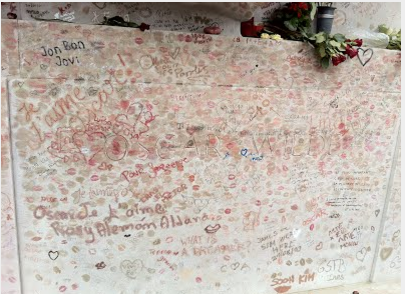
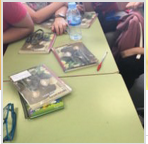
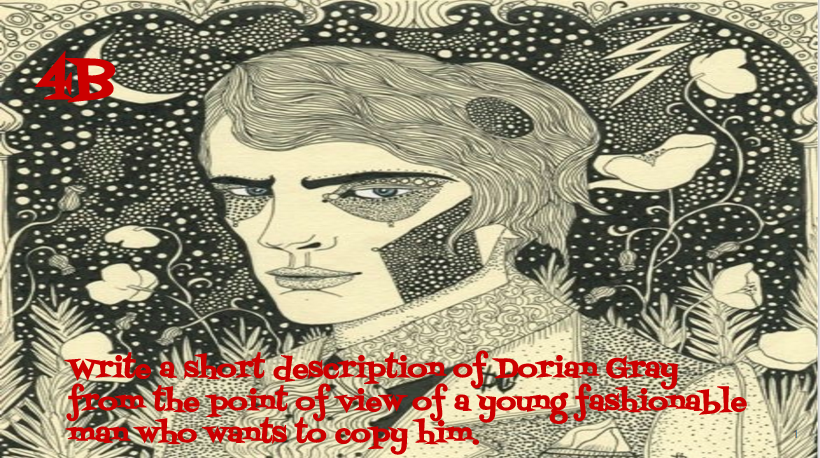
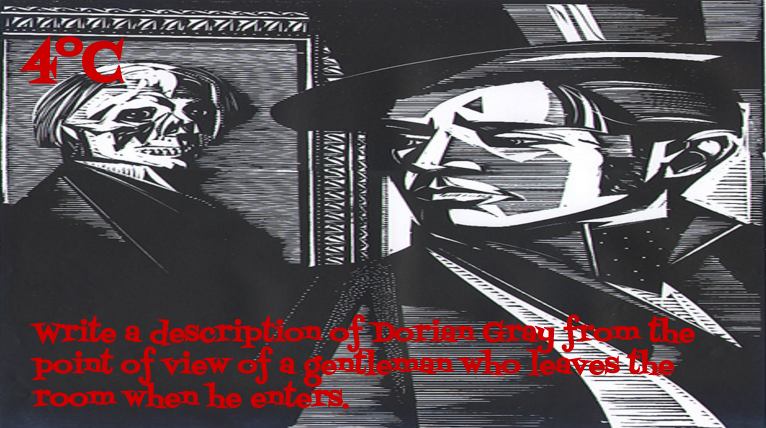


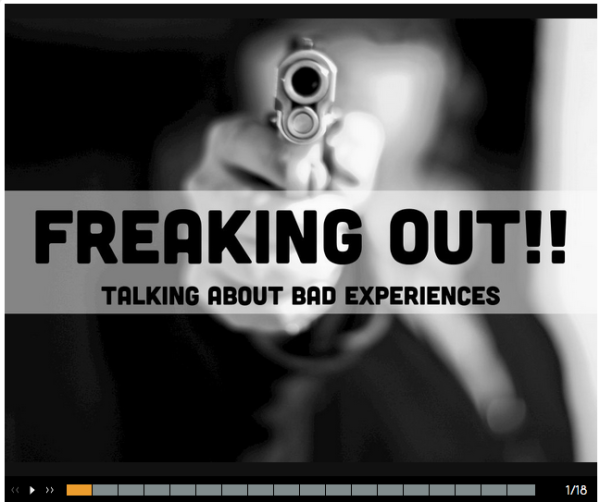
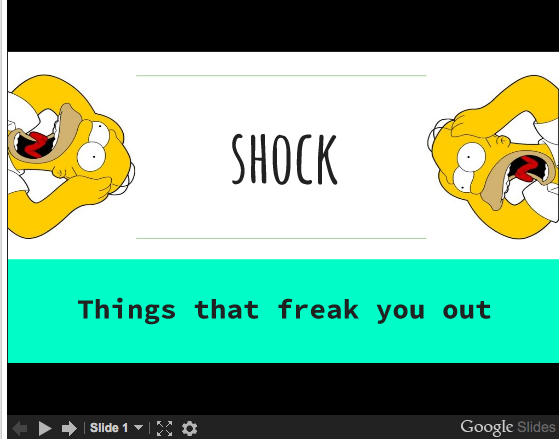
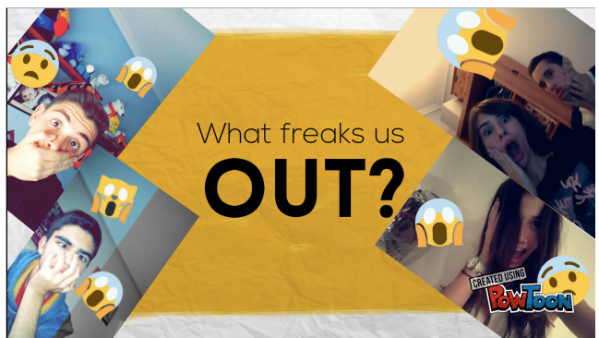
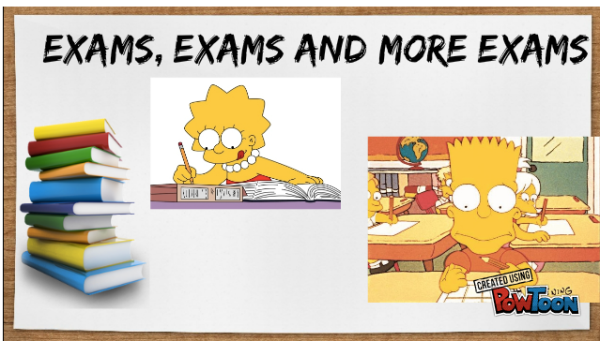
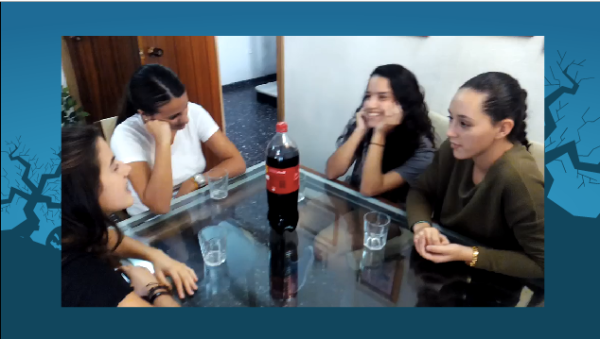
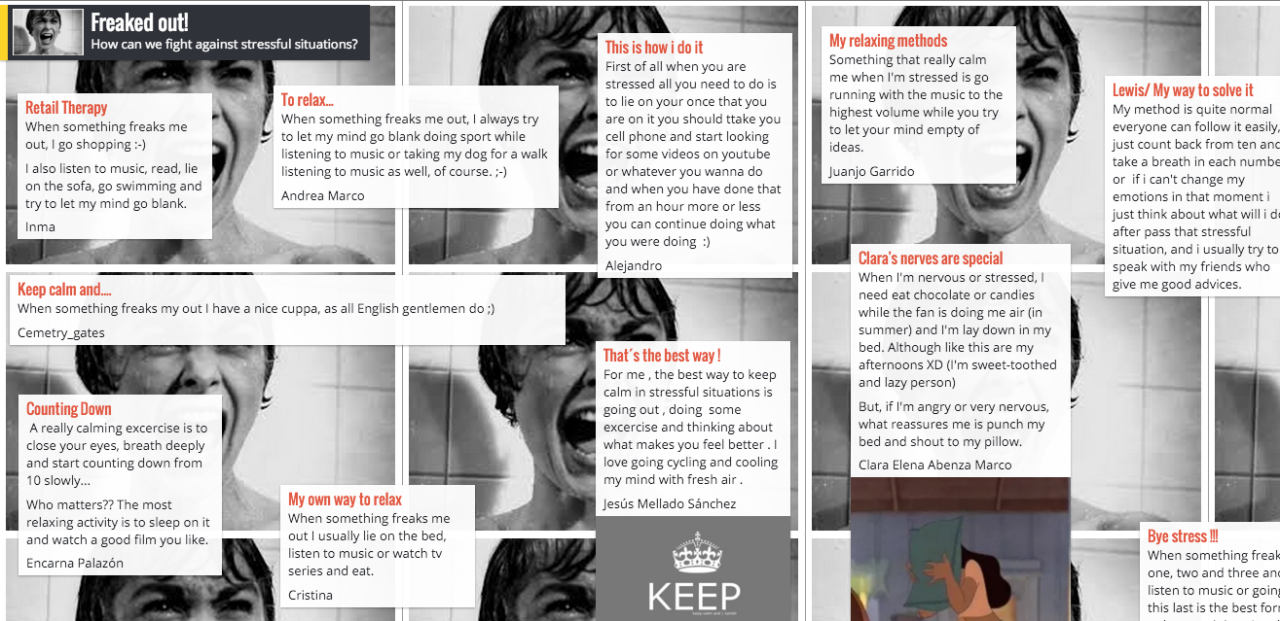

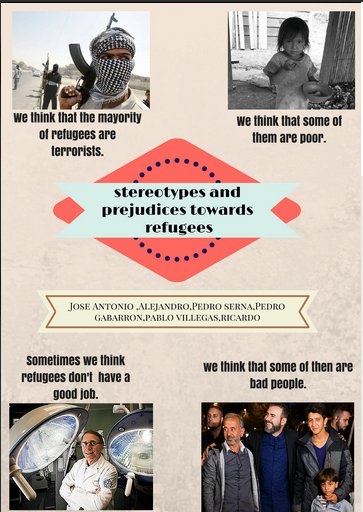
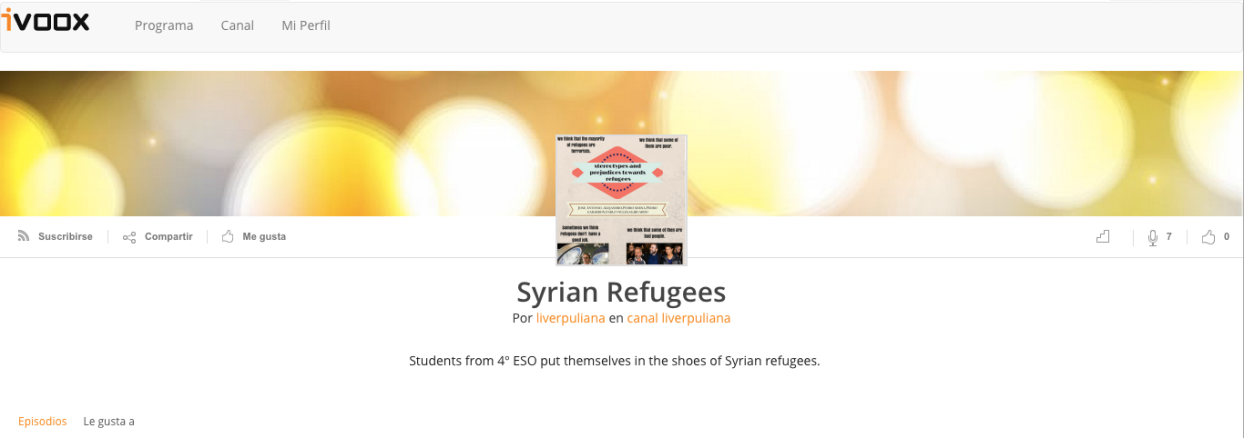


.png?height=320&width=153)
.png?height=320&width=160)















